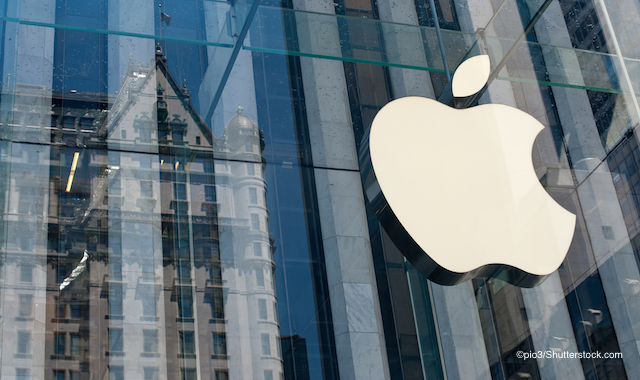The Use of Wearables in Health Studies
To take advantage of new devices in health studies, executives need to reinvent how data is put to work.

Both digital and genomics biomarkers are important in diagnosing and treating disease.
Apple is playing a key role in driving this revolution by crowdsourcing patient-level data through its Apple Watches.
Apple’s Apple Research app will join with the Apple Watch and the iPhone to crowdsource health data for future research. Those with an Apple Watch will be able to share data with leading academic and research institutions, Digital Trends reported.
Ahearing study, a women’s health study, and a heart and movement study are the first three studies that will be conducted on the Apple Research app.
The digital revolution is transforming health-technology and is driving outcomes for patients, according to Rama Kondru, PhD, CIO, and CTO of Medidata, a New York City company that helps pharmaceutical, biotech, medical device companies, and academic researchers accelerate value, minimize risk, and optimize outcomes.
“Digital biomarkers, when combined with key lab data, could make a meaningful difference in driving personalized outcomes,” Kondru says. “My message to the CIOs and CTOs of pharma and medical device companies is quite simple-the digital health and transformation of health-care is upon us, embrace it. Use all the components of the technology, data derived from connected devices and the platform solutions that key players like Apple, and more clinically focused companies, Medidata and others, are building to transform the outcomes for the patient.”
Apple connecting a popular wearable with health studies will increase access and accelerate patient outcomes, according to Kondru.
“Using wearables in health studies will create personalized recommendations and new opportunities to analyze patients in the comfort of their own home,” he says. “While Apple is making it easier for patients to join a clinical trial and gather data, the life science community must prepare for these expanding end points, and make sense of the large amount of data coming from this new device connectivity. The AI technologies will drive even more outcomes from these vast data sources, and it is safe to assume that individual biomarkers collected through apple devices can alter the trajectory of precision medicine.”
Related:The Future of Healthcare Wearables
Patient-centered approach
The patient-centered approach requires access to more data from a greater variety of sources, including sensors and wearables; and integration, preparation, and analysis to derive actionable insights, according to Kondru.
“This requires investing in more sophisticated systems, which is not an easy thing for a company that traditionally makes siloed decisions,” he says. “To truly take advantage of new devices in health studies, life science executives must not only reinvent how they are collecting large amounts of data; but how they put that data to work.
“New strategies are needed to manage connected devices in life sciences,” Kondru says. “A core, unifying data platform . . . provides the foundation for this new digital healthcare environment; breaking down the data silos and making it easier for life science executives to make sense of the data.
Read More: Three Ways Tech is Making Diabetes Patients’ Lives Easier
In the Scope of Virtual Health and the Future of “Website” Manner, Per Ateev Mehrotra
August 10th 2023Briana Contreras, an editor of Managed Healthcare Executive, had the pleasure of catching up with MHE Editorial Advisory Board Member, Ateev Mehrotra, MD, MPH, who is a professor of healthcare policy at Harvard Medical School and an Associate Professor of Medicine and Hospitalist at Beth Israel Deaconess Medical Center.
Listen